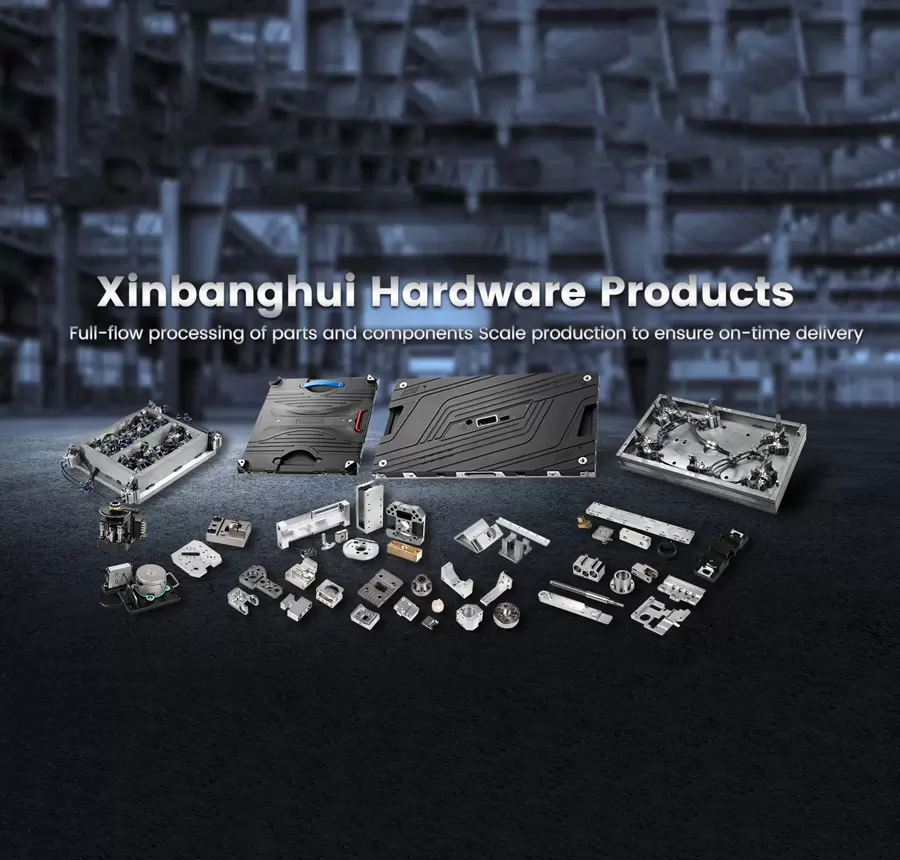Unlocking Connectivity: The Multifaceted Uses of Network Switches in Modern IT Infrastructure
In the ever-evolving landscape of information technology, network switches play a pivotal role in ensuring seamless connectivity and efficient data management. While many may perceive switches merely as devices that connect multiple devices within a network, their functionality extends far beyond this basic premise. This article delves into the various applications of switches, exploring their significance in enhancing network performance, security, and scalability.
Understanding the Basics: What is a Switch?
At its core, a network switch is a hardware device that connects devices within a local area network (LAN). Unlike a hub, which broadcasts data to all connected devices, a switch intelligently directs data packets to the specific device that requires them. This capability not only optimizes bandwidth usage but also enhances overall network efficiency.
- Data Traffic Management
One of the primary functions of a switch is to manage data traffic within a network. By utilizing techniques such as packet switching and MAC address filtering, switches can significantly reduce network congestion. This is particularly crucial in environments with high data transfer demands, such as data centers or enterprise networks. Advanced switches can also implement Quality of Service (QoS) protocols, prioritizing critical data packets to ensure that essential applications receive the bandwidth they need.
- Network Segmentation
Switches facilitate network segmentation, a practice that involves dividing a larger network into smaller, manageable segments. This segmentation enhances performance by reducing collision domains and improving overall network efficiency. For instance, in a corporate environment, different departments can operate on separate VLANs (Virtual Local Area Networks), ensuring that sensitive data remains isolated while still allowing for inter-departmental communication when necessary.
- Enhanced Security Features
In an age where cybersecurity threats are rampant, the security features of modern switches cannot be overlooked. Many switches come equipped with advanced security protocols, such as port security, which restricts access to specific devices based on their MAC addresses. Additionally, features like 802.1X authentication ensure that only authorized devices can connect to the network, providing an additional layer of protection against unauthorized access.
- Scalability and Flexibility
As organizations grow, their networking needs evolve. Switches offer the scalability required to accommodate this growth. Stackable switches, for example, allow multiple switches to be interconnected and managed as a single unit, simplifying network management and expansion. Furthermore, with the advent of cloud computing and virtualization, switches can adapt to dynamic workloads, ensuring that resources are allocated efficiently.
- Integration with IoT Devices
The rise of the Internet of Things (IoT) has introduced a new dimension to networking. Switches are integral to managing the influx of IoT devices, which often require constant connectivity and data exchange. Smart switches can handle the unique demands of IoT environments, providing the necessary bandwidth and security to support a multitude of connected devices, from smart sensors to industrial machinery.
- Support for PoE (Power over Ethernet)
Power over Ethernet (PoE) technology allows switches to deliver both data and electrical power through the same Ethernet cable. This capability is particularly beneficial for devices such as IP cameras, VoIP phones, and wireless access points, which can be installed in locations without easy access to power outlets. By simplifying installation and reducing cabling costs, PoE-enabled switches enhance the overall efficiency of network deployment.
Conclusion: The Indispensable Role of Switches in Modern Networks
In conclusion, the versatility of network switches makes them indispensable in today’s IT infrastructure. From managing data traffic and enhancing security to supporting IoT devices and enabling scalability, switches are at the forefront of network performance and reliability. As technology continues to advance, the role of switches will only become more critical, underscoring the need for organizations to invest in high-quality, feature-rich switches that can meet their evolving networking demands.




